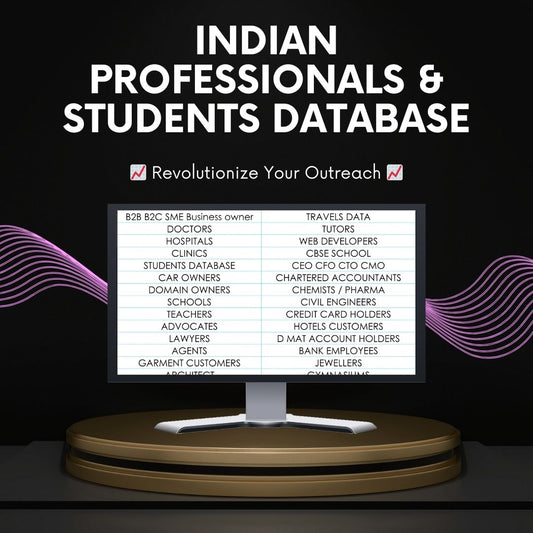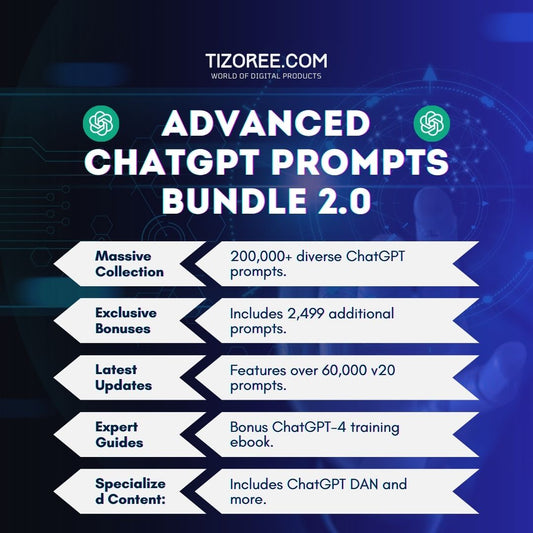Can AI Code Flappy Bird? Exploring the Future of Game Development with ChatGPT
Share
In the rapidly evolving world of technology, artificial intelligence (AI) is making remarkable strides in various fields, including game development. One intriguing experiment involves using AI to create a classic game: Flappy Bird. By leveraging ChatGPT, a language model developed by OpenAI, developers can explore the possibility of crafting a game without writing a single line of code themselves.
This blog delves into the process of creating Flappy Bird using ChatGPT, the challenges faced, and the implications for future game development.
The Experiment Begins
The journey started with a simple question: Can ChatGPT create a video game? The objective was to make Flappy Bird without writing any code personally. The plan was straightforward—rely entirely on ChatGPT to generate the necessary code, while the developer would only copy and paste. This approach was both exciting and daunting, as it relied on AI to handle the intricacies of game programming.
To kick off the project, a brief description of the game components was provided to ChatGPT. In response, it generated a six-step plan to develop Flappy Bird in the Unity game engine. This plan laid the groundwork for the subsequent development phases, starting with setting up an empty game project and integrating art assets.
Setting Up the Game Environment
In the initial steps, the developer focused on creating the game environment. This involved setting up the background and the bird, which are integral to the Flappy Bird experience. Following the instructions from ChatGPT, the developer successfully established the game project. However, as they moved to the next phase, they encountered an unexpected issue—the bird was flying off the screen. This issue was attributed to a mistake made during the background setup.
To address this, ChatGPT was prompted to write a script that would allow the camera to follow the bird as it moved. After some adjustments, the game was functioning correctly. Yet, the developer realized that the game should not start immediately upon loading. Instead, it needed to wait for the player to click at least once to initiate the bird's movement. ChatGPT provided the necessary code to implement this feature, ensuring a smoother gameplay experience.
Integrating AI-Generated Art
While ChatGPT was busy generating code, the question of art assets arose. The art used in the game was also AI-generated, utilizing Midjourney to create the visuals. The developer fed rough sketches into Midjourney, which produced detailed artwork for the background, the bird, and the pipes. This combination of AI-generated code and art highlighted the potential for AI to streamline the game development process.
Implementing Game Mechanics
With the initial setup complete, the next significant milestone was to introduce obstacle pipes into the game. ChatGPT provided instructions to hook up the physics for the pipes, allowing the bird to collide with them—an essential aspect of the game's mechanics. However, there was a discrepancy in the proposed movement. ChatGPT initially suggested moving the pipes to the left, which would not align with the gameplay experience. The developer pointed this out, and ChatGPT promptly corrected the code.
As the project progressed, the developer decided to add a new feature: rotating the bird based on its vertical movement. ChatGPT quickly provided the necessary code to implement this mechanic, resulting in a more dynamic and visually appealing bird that tilted up and down rather than spinning uncontrollably. This adjustment showcased the collaborative nature of working with AI, as the developer and ChatGPT navigated challenges together.
Scoring and Game Over Mechanics
Next, the focus shifted to implementing scoring conditions and a game over screen. The developer appreciated that while ChatGPT managed the coding, they could concentrate on design elements. After establishing the scoring system, it became apparent that points were being awarded prematurely, before the player even reached the pipes. The developer requested an adjustment to the code, ensuring that points were only awarded when the player successfully passed through the gap in the pipes.
Additionally, the developer recognized the need for a ground element in the game to enhance the sense of forward movement. This feature had not been included in the original specifications but was deemed necessary for a complete gaming experience. ChatGPT provided step-by-step instructions to create an infinitely scrolling ground, thereby reinforcing the gameplay dynamics.
Final Touches and Enhancements
As the game neared completion, the developer set out to add a game over screen that would activate upon collision with the pipes or the ground. ChatGPT delivered detailed instructions for this feature, allowing the developer to focus on design choices like font size and button placement. However, a new issue arose: the game continued to accept player input even after the game over screen appeared. This oversight required further adjustments to ensure that player control was disabled after a game over event.
ChatGPT acknowledged the error and provided a solution, demonstrating its capacity for self-correction. With player input successfully disabled after a game over, the project was nearly complete. The final challenge was to implement a high score system. The developer wanted to see how well ChatGPT could adapt to this new requirement.
Challenges and Learning Moments
After completing the initial steps of the project, the developer copy-pasted the code for the high score system. However, upon running the game, they discovered that the high score was not being recorded correctly. This prompted a discussion with ChatGPT, which quickly identified the issue. The collaborative effort highlighted the potential for AI to assist in debugging and refining code.
Ultimately, the high score system was successfully integrated, allowing players to retain their scores between rounds. This feature added an exciting layer to the game, enhancing player engagement and competition. Despite the numerous challenges encountered throughout the development process, the collaboration with ChatGPT proved to be a valuable experience.
The Future of Game Development with AI
The experiment of creating Flappy Bird using ChatGPT raises important questions about the future of game development. While it may not yet be feasible for individuals with no coding knowledge to fully create a game using AI, the progress made in this experiment suggests that we are moving in that direction. AI tools like ChatGPT can significantly streamline the development process, allowing developers to focus on design and creativity rather than the intricacies of coding.
As AI technology continues to evolve, we can expect to see even more sophisticated tools emerging, such as Microsoft Copilot, specifically tailored for programming. These tools will likely reduce the occurrence of simple coding errors and enhance the overall development experience. The potential for AI to understand and extend existing game codebases could revolutionize the way games are developed, leading to more collaborative and iterative processes.
Conclusion
The journey of creating Flappy Bird with ChatGPT has been a fascinating exploration of AI's capabilities in game development. While there are still hurdles to overcome, the collaboration between human creativity and AI assistance offers a glimpse into the future of game design. As we continue to experiment with AI in various aspects of game development, the possibilities are endless. The next phase may involve tackling more complex game types, further pushing the boundaries of what AI can achieve in the gaming industry.
For those interested in diving deeper into the world of game development, resources such as the source files for this project and discussions on platforms like Discord and Twitch provide opportunities for collaboration and learning. Happy gaming and coding!



